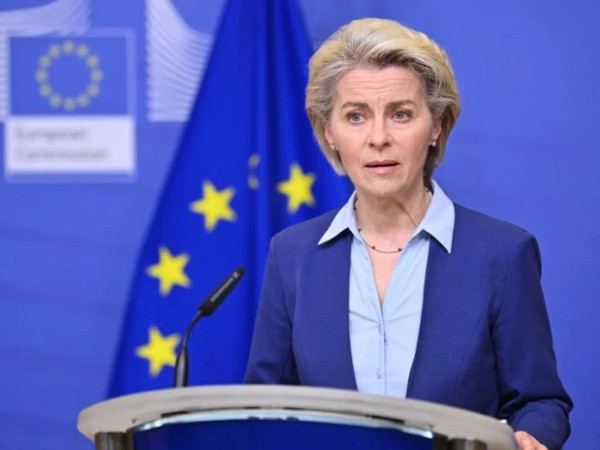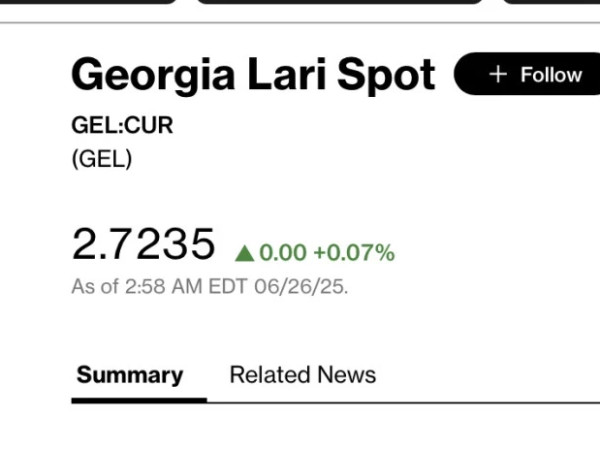The Columbia Climate School, with support from The Rockefeller Foundation, has unveiled a novel index that integrates countries’ vulnerabilities to cyclones, floods, droughts, earthquakes, conflicts, and other hazards with their ability — due to availability and access to financing—to take prevention, recovery, and rebuilding actions. Illustrating current and future risk exposure scenarios of 188 nations, the Climate Finance (CliF) Vulnerability Index’s interactive dashboard identifies the 65 most at-risk, ‘Red Zone’ nations ― two-thirds of which are in Africa. The overarching goal of the CliF Vulnerability Index is to promote more comprehensive risk assessment standards, target resources for various bands of vulnerability, and ultimately, inform how to more effectively reach communities facing various types of disaster and financial risks.
“Climate shocks are becoming more frequent and intense, yet many of the nations facing the highest threats are also heavily indebted, limiting their access to financial markets,” said Jeff Schlegelmilch, Associate Professor of Professional Practice of Climate, and Director of the National Center for Disaster Preparedness at the Columbia Climate School. “Traditional aid models based on GDP per capita or income level don’t capture the unique and growing risks of climate exposure along with limited access to capital to manage these risks ― the CliF Vulnerability Index provides a more realistic picture of risk, including the access to financing to address climate vulnerabilities.”
Heatwaves, floods, and other extreme events caused by a warming world could result in over 14.5 million deaths and US$12.5 trillion in global economic losses by 2050, according to the World Economic Forum. The United Nations Environment Programme also estimates that the annual adaptation financing gap could be as much as US$387 billion a year, and without significant investment, the World Bank calculates that climate change could push up to 132 million people into poverty by 2030. At the same time, high borrowing costs and limited access to finance keep many nations trapped in a cycle of climate disaster response and recovery, without truly making headway toward climate mitigation and adaptation.
“As governments around the world prepare for the Fourth International Conference on Financing for Development next week, the gap between development goals and the needed financing has never been larger,” said Eric Pelofsky, Vice President for Global Economic Recovery at The Rockefeller Foundation. “The CliF Vulnerability Index launches an important conversation about the data that should drive scarce resources to vulnerable countries that are facing immense challenges in accessing financing. By using the CliF Vulnerability Index, donors and funders can prioritize support for countries that are potentially living one disaster away from crisis.”


















